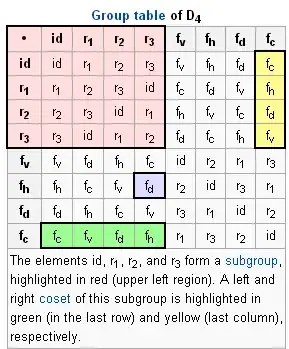There is one way to understand conjugacy from the perspective of linear algebra, using change-of-basis.
Conjugacy can also be interpreted as a "measure of departure" from being a commutative group. Given two elements $g,h$ of a group $G$ let us look at the element $h^{-1}gh$.
We modify $g$ by multiplying by $h$ on the right. To get back the $g$ we should multiply this result by $h^{-1}$ again on the right. But instead we multiplied it by $h^{-1}$ on the left. That is we used the same ingredients "but mixed them in different order". If it gives back $g$ well and good then these elements are said to commute. If it does not give back $g$, we interpret it as something "close to $g$, a conjugate of $g$. In an abelian group if two elements are close enough to be conjuagate they are in fact same. In a non-abelain group we consider $h^{-1}gh$ for various elements $h$ as giving use many elements that are close to $g$, or 'similar to" $g$ (Linear algebra usus this terminology.)
If an element has many elements similar/conjugate to it (other than itself) it is a measure of failure of commutativity. The larger the number of elements conjugate to it, more non-commutative that element is.
Conjugate elements have same order, and have same behaviour in many respects. (In matrices conjugate elements have same trace, determinant and eigenvalues).
